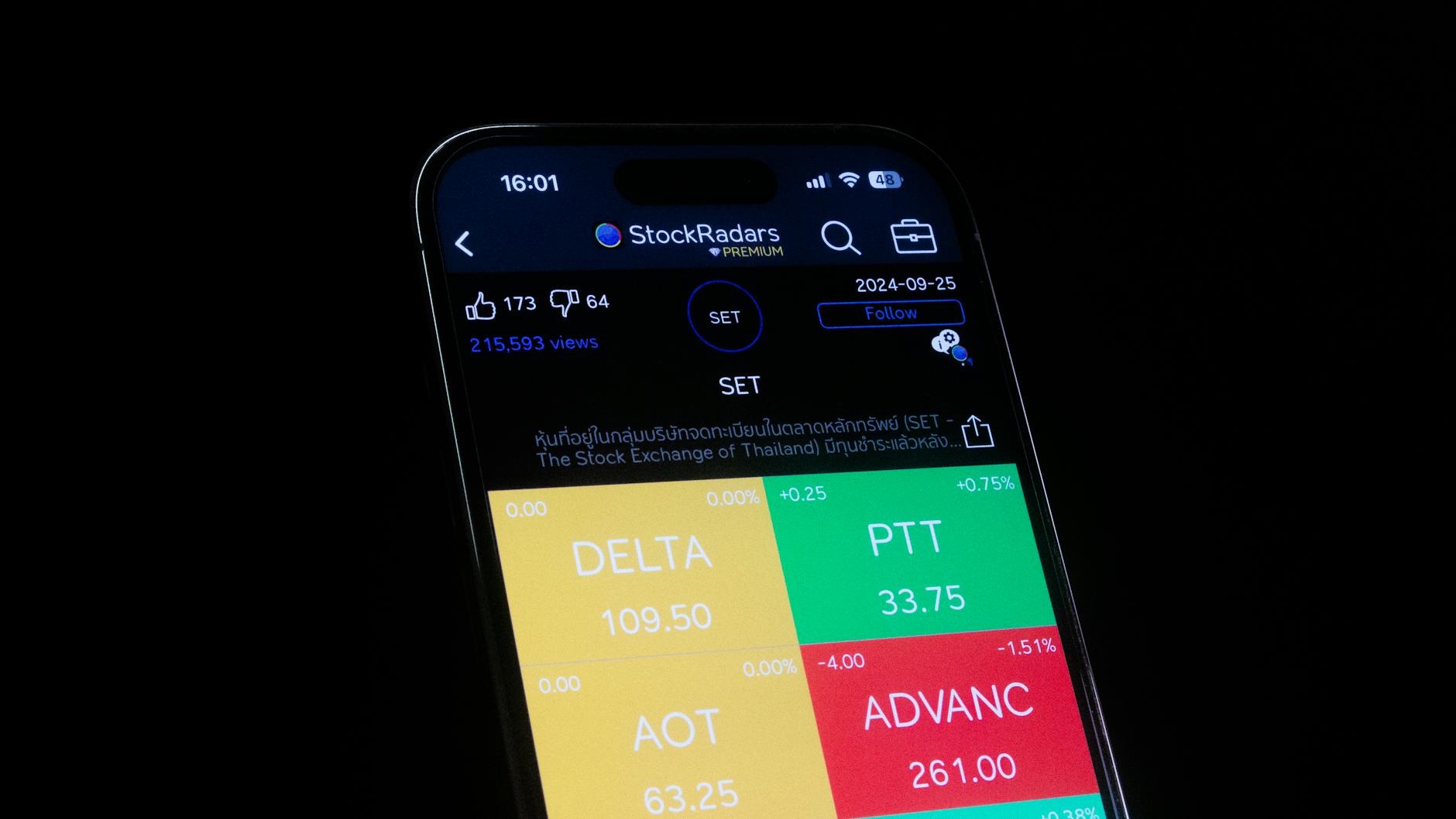Real Estate Market Forecast: Trends and Predictions for Investors
Real estate market forecast: trends and predictions for investors
The real estate market is a dynamic sector influenced by various economic, social, and political factors that continuously shape its trajectory. For investors, understanding these trends is crucial to making informed decisions that maximize returns and minimize risks. In this article, we will explore the key trends currently shaping the real estate landscape and offer predictions on how these developments are likely to evolve in the near future. From shifting demographic demands and technological advancements to macroeconomic indicators and government policies, each element plays a pivotal role in forecasting market behavior. By analyzing these intertwined factors, investors can better position themselves to capitalize on emerging opportunities while anticipating potential challenges in the property market.
Shifting demographics and their impact on real estate demand
One of the most significant drivers of real estate trends is demographic change. Millennials and Gen Z buyers are increasingly influencing demand patterns, favoring urban environments with walkability, amenities, and tech integration. At the same time, aging populations are creating demand for senior living and downsized housing options. Additionally, immigration and remote work trends are reshaping regional property hotspots. For example, cities offering strong job markets and quality of life continue to attract younger buyers, while suburban and rural areas are experiencing growth due to flexible work arrangements.
This demographic evolution means investors need to tailor their portfolios to reflect these needs. Multifamily housing, mixed-use developments, and properties equipped with smart home technology are becoming more attractive. Similarly, there is rising interest in affordable housing projects, which address the needs of younger buyers facing affordability challenges.
Economic indicators and market cycles
The real estate market does not operate in isolation; it is heavily influenced by broader economic factors such as interest rates, inflation, employment levels, and GDP growth. Recent central bank policies, especially fluctuating interest rates, impact mortgage affordability directly, affecting buyer activity and price appreciation.
Below is a table summarizing key economic indicators and their typical effects on real estate markets:
| Economic Indicator | Current Trend | Impact on Real Estate |
|---|---|---|
| Interest rates | Rising | Higher mortgage costs, slower price growth |
| Inflation | Elevated | Increased construction costs, higher rents |
| Employment levels | Strong in certain sectors | Boosts demand in job-centric markets |
| GDP growth | Moderate | Supports steady housing demand |
Investors should closely monitor these economic signals, as sudden shifts may trigger market corrections or growth spurts. For example, a marked increase in interest rates tends to cool buyer enthusiasm, while strong employment figures support residential and commercial property demand.
Technological innovation transforming real estate investment
Technology is revolutionizing both how properties are bought and managed. Platforms that facilitate online transactions, virtual tours, and AI-driven property valuations are making investing more accessible and transparent. Additionally, sustainability technologies—like energy-efficient systems and green building certifications—are increasingly valued by tenants and buyers alike.
Furthermore, real estate investment trusts (REITs) and crowdfunding platforms are opening avenues for smaller investors to diversify their holdings without the typical capital requirements.
Investors embracing these technological advancements are better positioned to analyze market data, optimize asset management, and attract tenants or buyers by marketing properties with modern amenities and sustainable features.
Government policy and regulatory framework
Government interventions through taxation, zoning laws, and housing policies significantly influence real estate markets. For example, stimulus measures or tax incentives aimed at affordable housing can spur construction, while changes to property tax policies may affect investment returns.
Currently, many regions face housing shortages prompting regulatory adjustments to encourage development. Simultaneously, rent control policies and stricter lending standards present complications that investors must navigate carefully.
Staying informed about local and national policy changes is vital. Engaging with policymakers and understanding upcoming legislative trends can help investors anticipate regulatory impacts and align strategies accordingly.
Conclusion
In summary, the real estate market in the near term is shaped by an intricate blend of demographic shifts, economic fundamentals, technological transformations, and regulatory influences. For investors, a keen awareness of how these factors interact is essential to crafting resilient and growth-oriented portfolios. The rise of younger generations and remote work trends signal new hotspots and housing demands, while economic variables like inflation and interest rates will guide market momentum. Technological tools democratize investment opportunities and enhance asset management efficiency, and government policies continue to both enable and constrain market dynamics. By actively monitoring these evolving trends, investors can navigate uncertainties and identify promising opportunities in the ever-changing real estate landscape.
Image by: StockRadars Co.,
https://www.pexels.com/@stockradars-co-1851828201
editor's pick
latest video
news via inbox
Nulla turp dis cursus. Integer liberos euismod pretium faucibua

